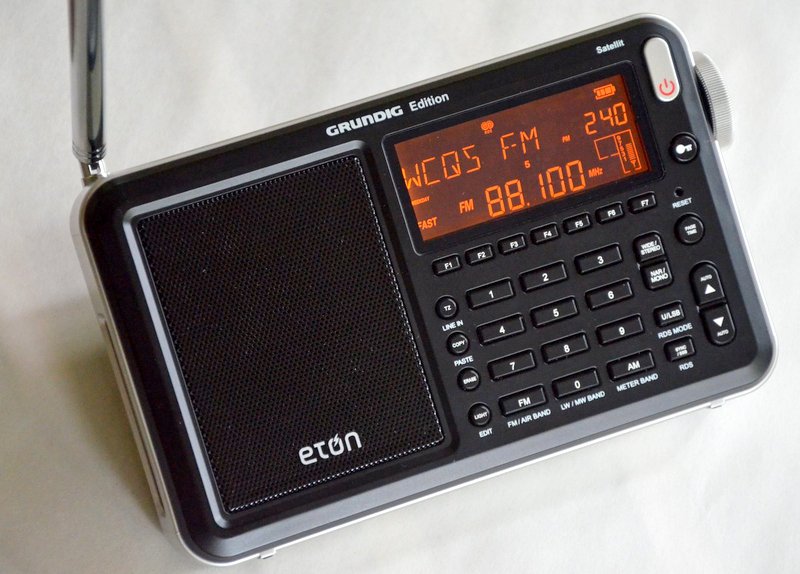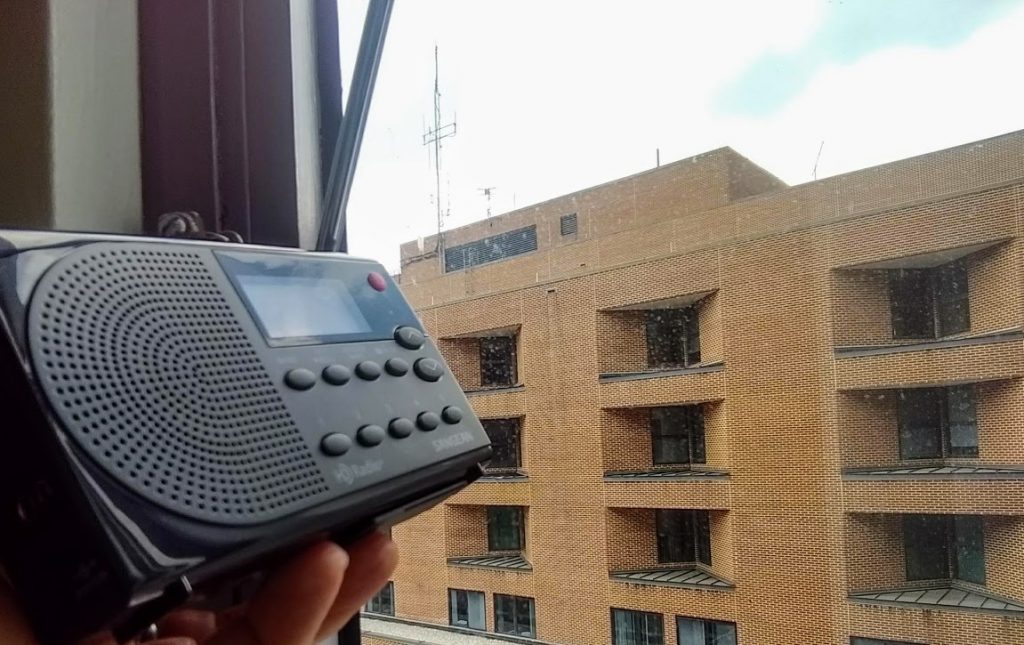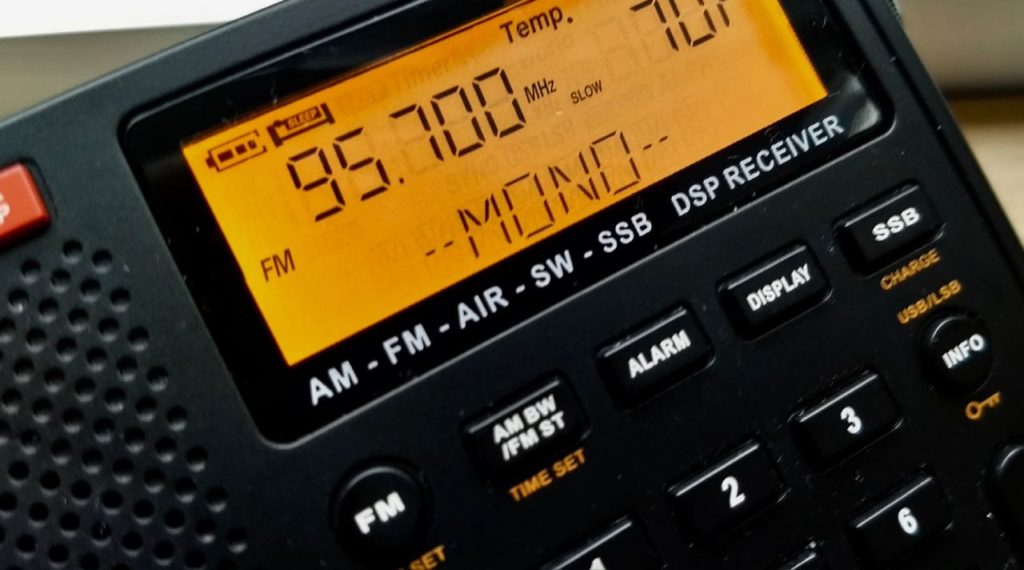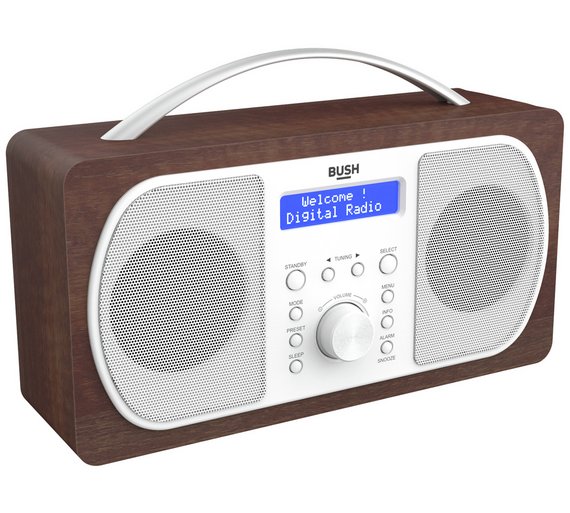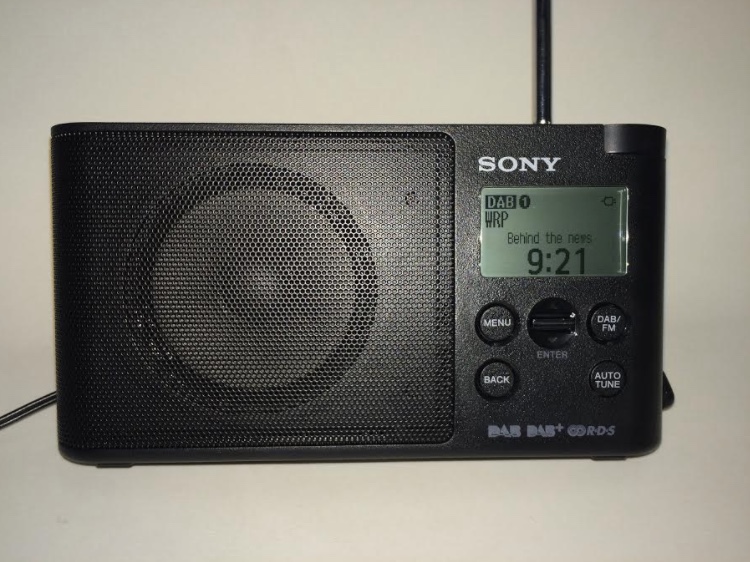Many thanks to SWLing Post contributor, Robert Gulley, who shares this fascinating video from the Alps DX YouTube channel. In this short demonstartion, you can follow the flight path of an Airbus A320 and the signal from France Musique from Marseille as it is bounces off of the aircraft. Fascinating:
Click here to view on YouTube.
Description from YouTube: France Musique from Marseille / Grande Etoile on 94.2 received via Airscatter. I’m always amazed when I see and hear those signals coming out of nowhere when the plane crosses the path … Nothing a few seconds before, nothing right after. Radio is magic !
Equipment : ELAD S2 SDR + SDR# v1357, Airscout v1.1, 5 element Yagi (polar H).
I find this amazing. I’ll be the first to admit that I’ve never attempted FM aircraft scatter. Since I have an ADS-B receiver, and several excellent FM receivers, all I really need is a decent Yagi antenna and some careful planning.
Post Readers: Please comment if you’ve logged stations from aircraft scatter! Any tips?



